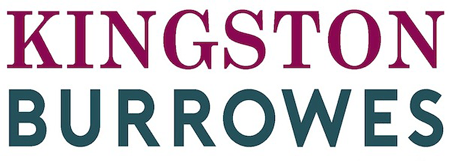Many business owners opt to employ their spouse (or civil partner) in their business to benefit from tax savings. Chances are, that they would not otherwise be a taxpayer (or at least pay at a lower rate than the business owner) and therefore savings can be made by diverting profits to the other person.
However, involving them as an employee in the business is not the only option available and in fact it may be more beneficial to admit them as a partner.
NICs as an Employee versus Business Partner
As a partner within the business, the NICs will be significantly lower because they will be treated as self-employed. Conversely, as an employee (with earnings over the threshold) two different NICs would apply: a 12% deduction as well as an employer’s NIC contribution of 13.8%.
If we consider the self-employed NIC rules, these are much more favourable, with Class 4 NICs of 9%, payable from the individuals self-employed earnings, and even more importantly there is no equivalent employer NICs.
Additionally, when using the employee approach, there is no entitlement to state benefits for the individual through employer NICs.
In fact, in most cases, the partnership option is more suitable when it comes to NICs.
Processes Involved
Both routes have their own formalities and processes which must be followed but these differ significantly.
Looking first at the employee option, there are a number of PAYE requirements that the employer must undertake, including deduction tables, payslips and year end returns.
The partnership options requires that the individual register for self-assessment and complete a tax return to demonstrate their profit share derived from the partnership return.
HMRC Compliance when employing a Spouse
The most important element to be considered if employing a spouse or civil partner in your business, is that you must be able to justify the amount of wages being paid, otherwise HMRC can disallow the excess on the basis that it isn’t incurred ‘wholly and exclusively’ for the purposes of the business.
In a partnership however, no equivalent rule applies, and less scrutiny is likely to be attracted from HMRC.
Liability for the Individual
The tax benefits of partnership are clear, but it shouldn’t be forgotten that it comes at the cost of liability for the individual. As a partner in an unlimited partnership, an individual could be liable for all business debts should financial difficulties arise, even if they weren’t at fault. This may present a particularly risky situation as both spouses/civil partners could be placed at risk of bankruptcy.
The obvious solution to help prevent the above, would be to implement an LLP structure, but this requires careful consideration as LLP members must meet certain statutory criteria in order to match the NICs and other tax benefits of being self-employed.
Guidance on Personal and Business Tax Planning
As always, when it comes to decisions involving business structure, we recommend that our clients seek the advice of a tax expert as individual circumstances will determine the most tax efficient route to take. It is also possible that HMRC may change or adjust its rules regarding any of the options outlined above at any point and your tax advisor is best placed to advise you on current tax rules and regulations. If you would like to speak to a member of the Kingston Burrowes team to discuss your options, please get in touch.




